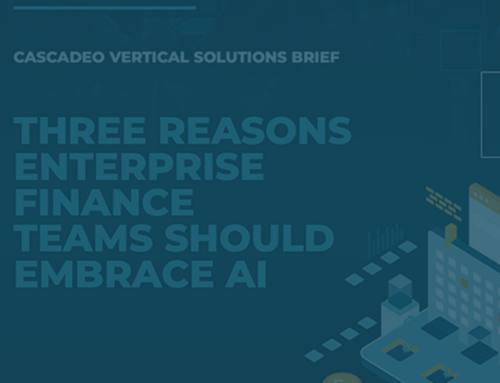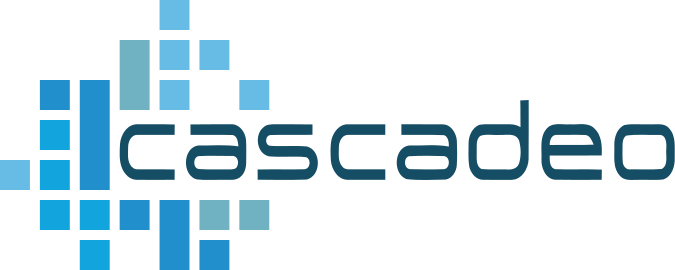
Embracing the opportunities presented by digital ecosystems means moving away from a transactional framing of customer engagements, instead considering how a system of interactions with a variety of stakeholders creates clear and sustainable benefits for everyone involved.
Understanding Digital Ecosystems can help you refine your system’s interactions
Gathering data from multiple sources, collaborating with vendors and partners, implementing new processes and interactions with stakeholders, creating new offerings and communicating them to customers, and doing all of this digitally makes for a significant set of complications to balance and prioritize, unless you step back to see how the pieces all fit together, building them into contained, self-sustaining systems that function much the way a group of organisms might function in the natural world: as digital ecosystems.
 A digital ecosystem isn’t so much a new technology or concept as it is an emerging way of understanding and describing systems most of us have been participating in for many years. In this construction, ecosystem is a metaphor for the ways in which a group of digital technologies interact to benefit everyone involved in a given digital circle of life, except in this analogy, no antelopes must die in order for others to benefit from the hungry lion’s thinning of the herd. Embracing the opportunities presented by digital ecosystems means moving away from a transactional framing of customer engagement, instead considering how a reciprocal system of interactions with a variety of stakeholders creates clear and sustainable benefits for everyone involved.
A digital ecosystem isn’t so much a new technology or concept as it is an emerging way of understanding and describing systems most of us have been participating in for many years. In this construction, ecosystem is a metaphor for the ways in which a group of digital technologies interact to benefit everyone involved in a given digital circle of life, except in this analogy, no antelopes must die in order for others to benefit from the hungry lion’s thinning of the herd. Embracing the opportunities presented by digital ecosystems means moving away from a transactional framing of customer engagement, instead considering how a reciprocal system of interactions with a variety of stakeholders creates clear and sustainable benefits for everyone involved.
Collaborative, composable, and innovation-friendly, digital ecosystems represent a sophisticated way of thinking about interactions among current stakeholders and exponential expansion of stakeholders in the future. If you’re gathering data about your customer interactions and using that data to improve customer experiences, you’re already participating in some kind of digital ecosystem. Yet in many enterprises, tools and interactions that could be exchanging value more smoothly remain siloed, and therefore underutilized. Instead, the digital ecosystem model invites enterprises to fully link systems of digital interactions, creating value in multiple directions via repeatable cycles of digital interaction, wherein every touchpoint contributes to the system as a whole. And, importantly, a digital ecosystem is inherently expansive, and that expansion builds its value with each interaction cycle.
Facebook, for example, is an enormous digital ecosystem where value is generated across multiple vectors. Facebook itself generates revenue from both the data it collects from user interactions and from advertising when users consume paid ads. Users benefit from the social connection their participation creates and reinforces and, in some cases, from selling merchandise on Facebook Marketplace, or by building their own brands through the community. Corporate users have evolved creative ways to engage with their customers across social media channels, both participating in Facebook’s digital ecosystem and building their own digital ecosystems, of which Facebook represents a single vector. With robust, usually automated moderation, resilient architecture, and careful management of resources, the system benefits everyone who participates. Facebook has value to its stakeholders only because many millions of users participate. Without a well-managed platform, users will take their value elsewhere; without users, the platform does not have inherent value.
In other words, the lion doesn’t just monitor the herd and choose judiciously when to strike in order to avoid overhunting in a transactional, extractive, predator-prey exchange. The lion serves as a custodian of the grass and the water that nourish the antelope.
About that grass and water: To take full advantage of the growth and collaboration opportunities presented by the digital ecosystem model, you need an IT infrastructure that offers the highest possible business agility. When your growth and value are built on regular, repeatable interactions with a variety of stakeholders, your system must be resilient and scalable. When that growth demands adaptation, you need composability. Maximizing the benefits of digital ecosystems requires an expert-built, automated, monitored custom cloud architecture subjected to regular reviews and periodic optimization assessments, with advanced data management capabilities.
Markets note the value of a well-managed ecosystem; six of the world’s seven highest market cap companies are digital ecosystem-based organizations. Because the digital ecosystem model maximizes innovation and flexibility, instead of merely extracting revenue from a passive and exhaustible consumer base, it fosters continuous growth via new capabilities and minimizes risk through optimizing internal processes. The lion, the antelope, and the environment all thrive.




